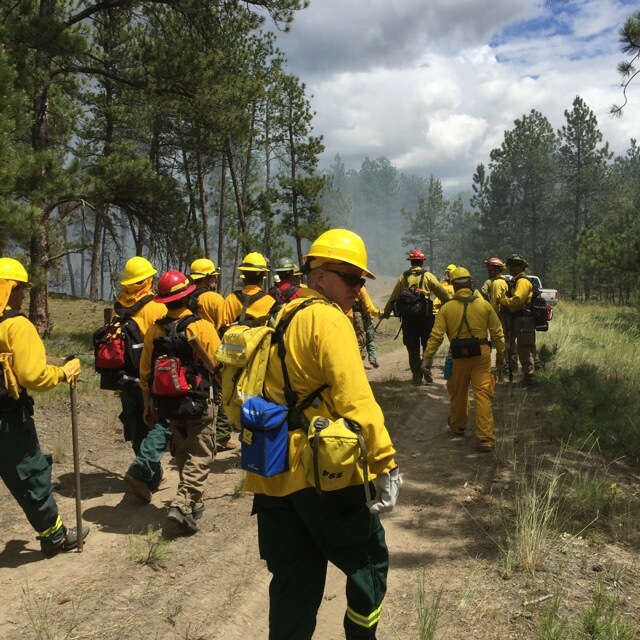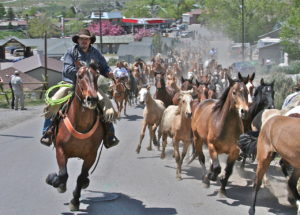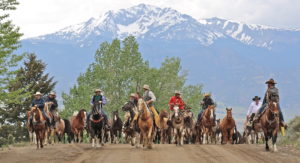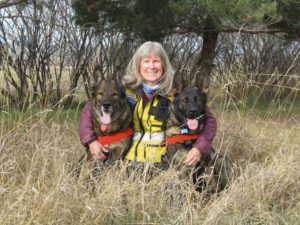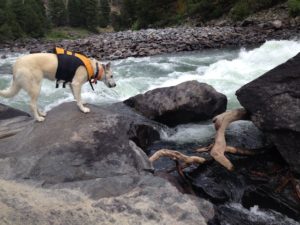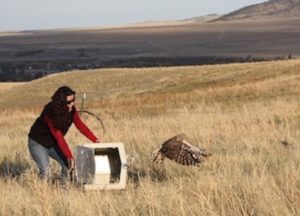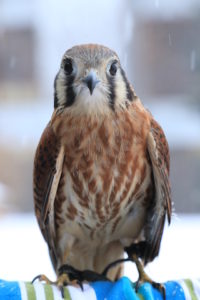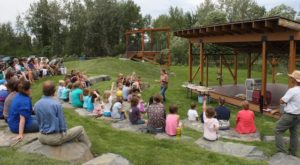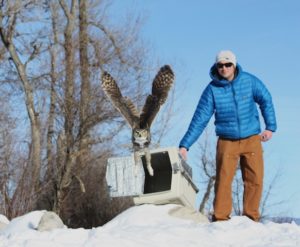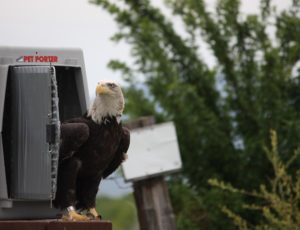Father’s Day is normally a time to relax, watch golf, eat too much for brunch, doze off in the recliner and awaken just in time for dinner.
This year was a little different.
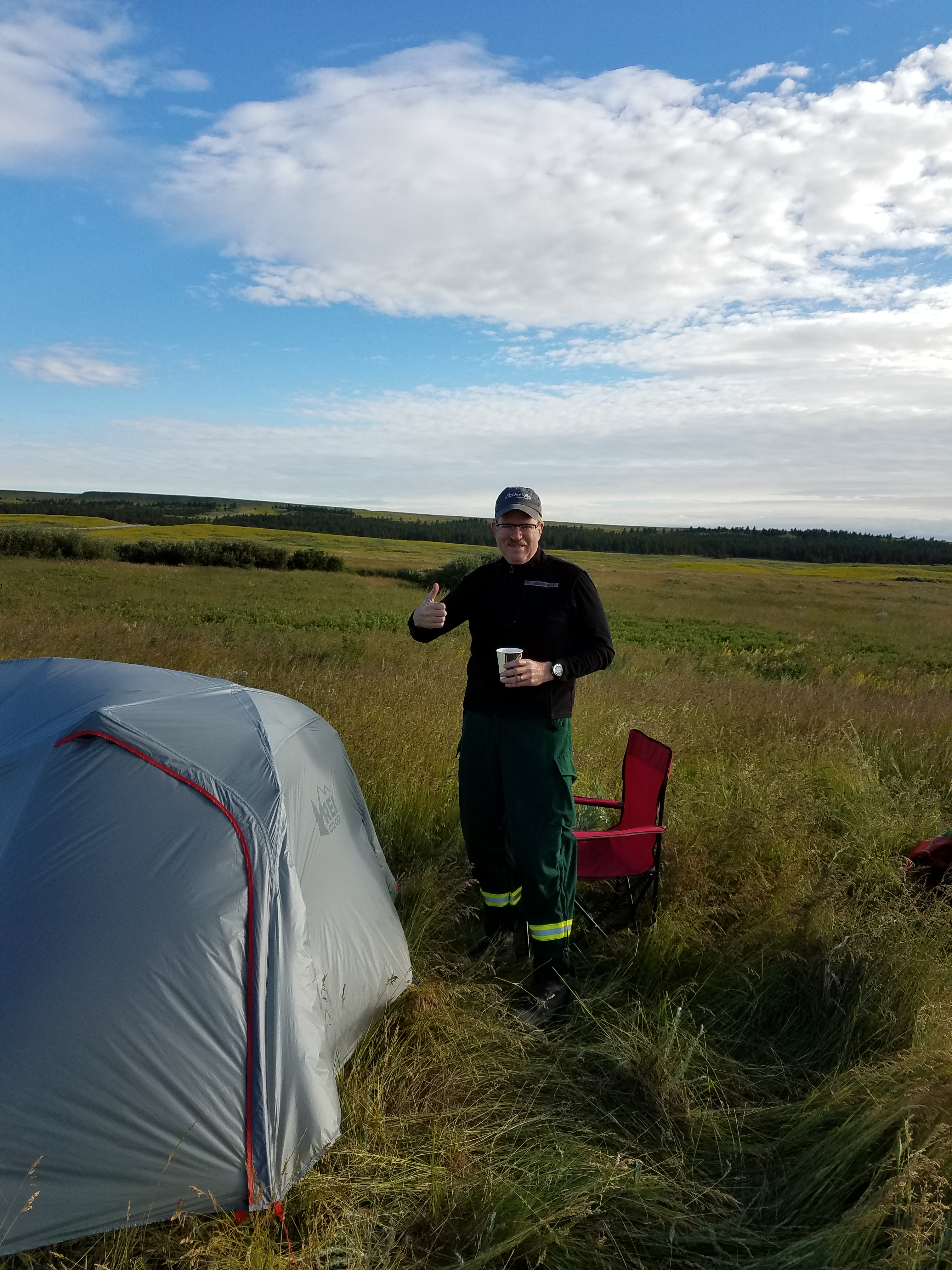
Last November, I decided to become a volunteer fireman at the Paradise Valley Fire Department in Emigrant, Montana. Due to limited government resources—and Montana being a big place—folks up here rely heavily on the efforts of volunteers to assist with incidents ranging from car accidents, medical emergencies, structure fires and full-fledged wildland blazes.
This past weekend, I had the privilege of participating in CAT Camp, an intense training program for firefighters interested in becoming qualified to assist in wildland firefighting campaigns. CAT stands for the County Assist Team, which essentially was formed in 1990 to help rural and volunteer fire departments when wildfires grow beyond the capability of a local jurisdiction. The team, sponsored by the Montana Department of Natural Resources and Conservation (DNRC), is a blend of men and women firefighters of all ages and from all walks of life.
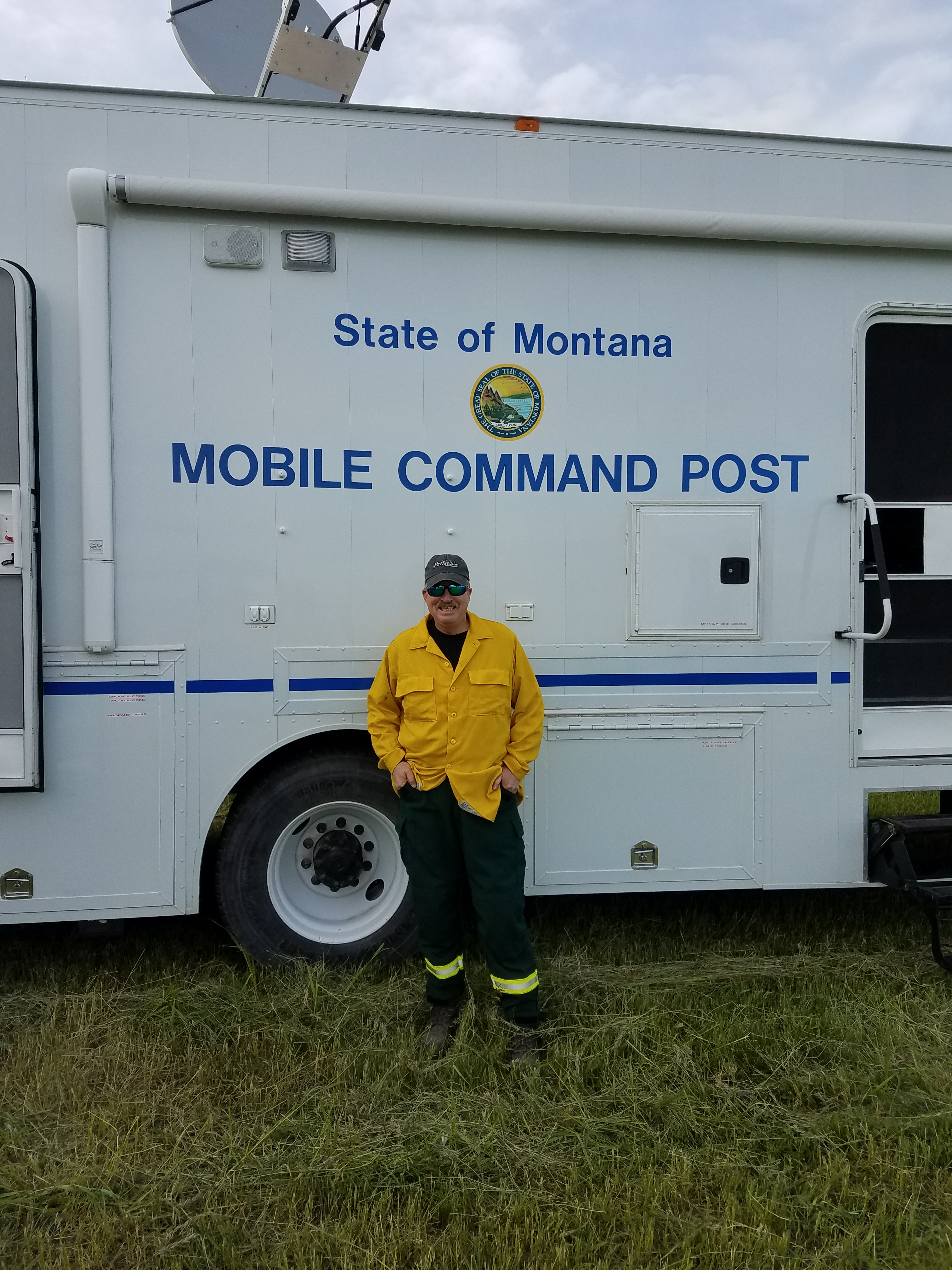
The CAT Camp that I attended replicated one of the actual fire camps found in the vicinity of a large-scale wildland fire. We learned how to set up camp, check in with incident command and learn our role assignments. Training included engine and pump operations, building a fire line, controlling a live burn, and “mop-up” to ensure a controlled fire is completely extinguished.
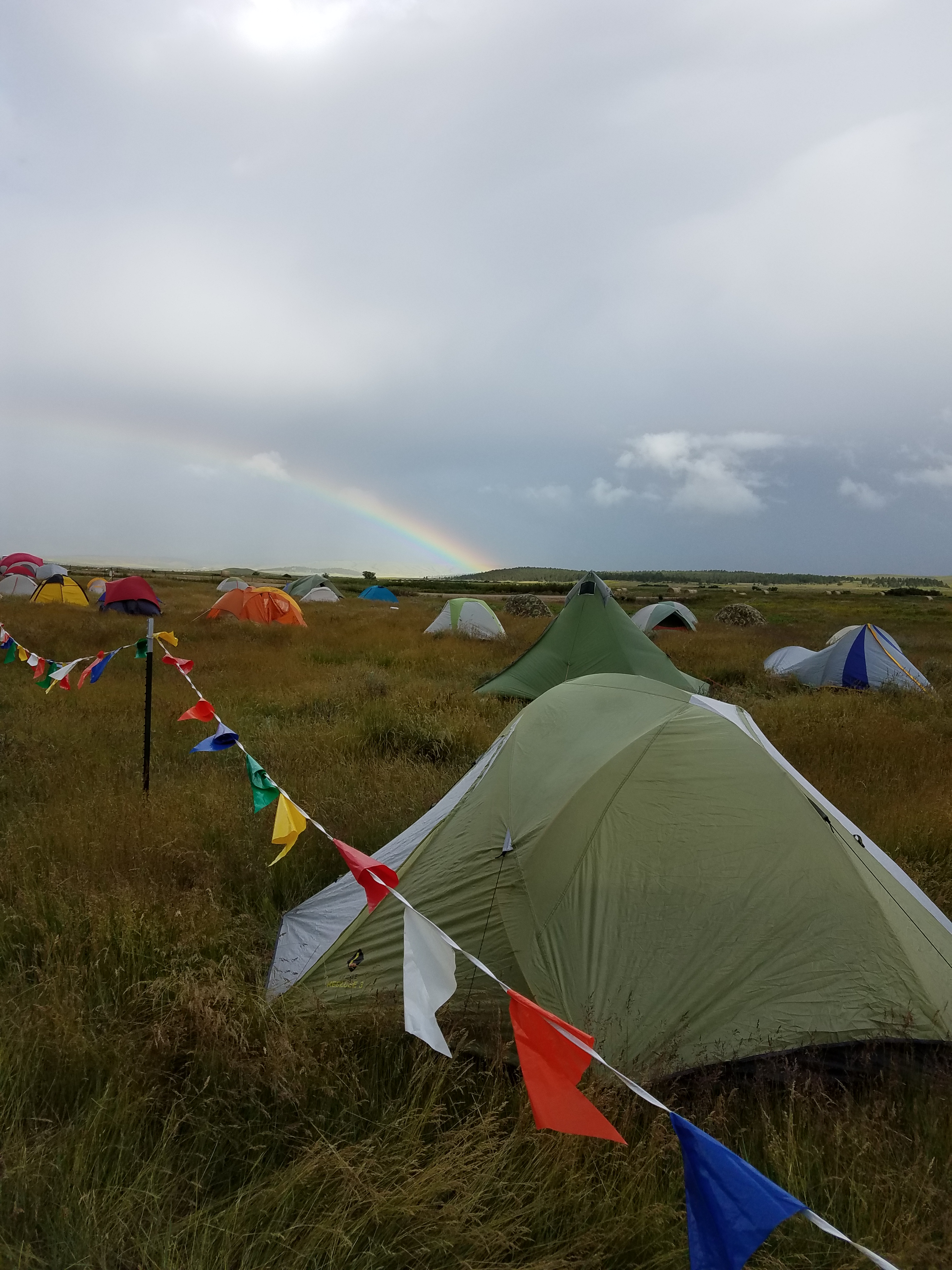
The highlights of the weekend were two live burns. The first thing I noticed was that wildland fires are . . . well . . . HOT. You need to keep a proper distance when fighting the fire, pay close attention to your surroundings, and watch for changing conditions.
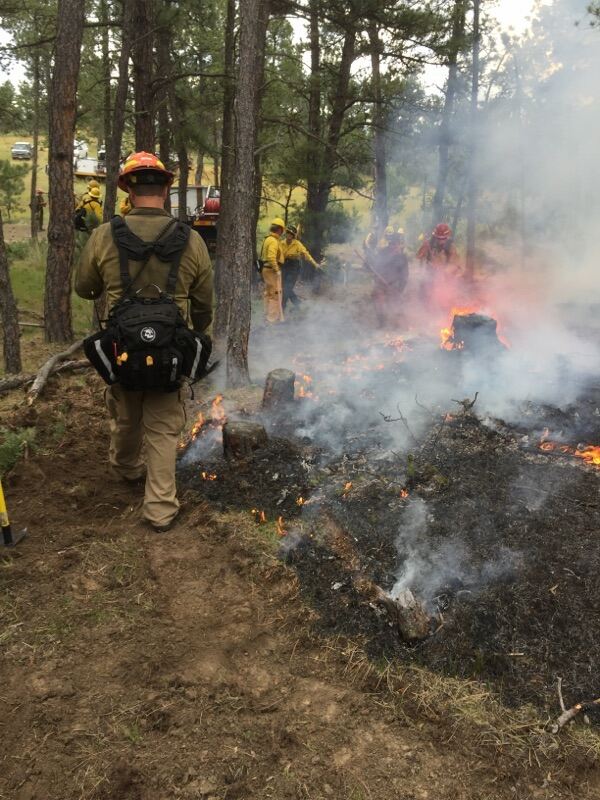
The instructors were top-notch—friendly, patient and highly knowledgeable. They constantly emphasized safety, which I’m sure my loved ones appreciated.
As we enter the hot summer months, wildland fires are inevitable. If you are vacationing and happen to see a large fire crew, give them a thumbs-up. They are out there fighting to keep our forests green, property protected and families safe!
